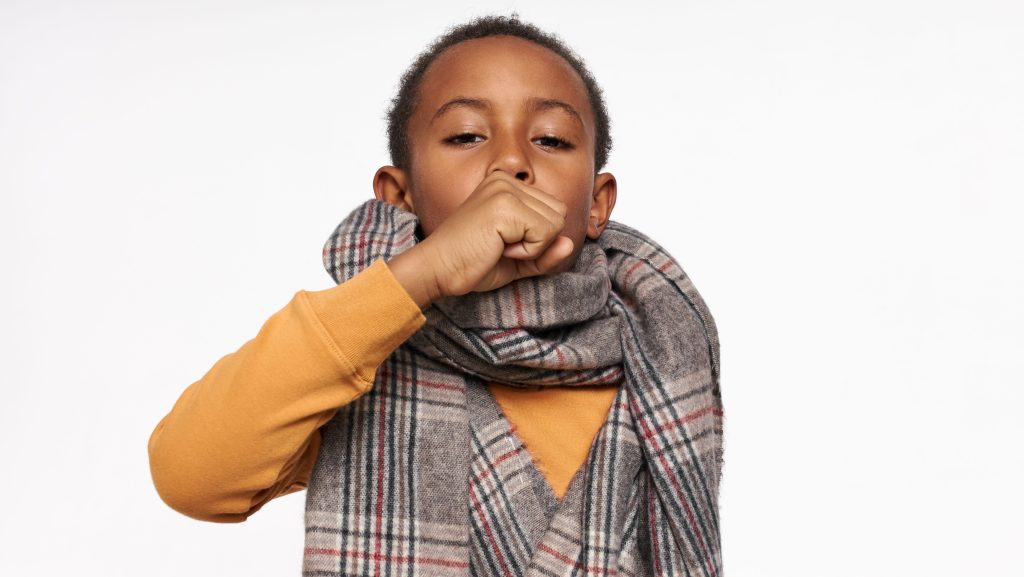It’s flu and cold season, so it’s hardly surprising that there has been an uptick in respiratory illness, especially among vulnerable populations. According to the Centers for Disease Control and Prevention, cases of walking pneumonia are on the rise in children.
In a report released on Oct. 18, the agency said cases of Mycoplasma pneumonia, also referred to as walking pneumonia, started to rise in late spring and have continued to remain high. The agency further warns that the uptick has impacted preschool-aged children the most.
The prevalence of children ages two through four who were admitted to the ER for pneumonia and tested positive for Mycoplasma increased sevenfold from 1% in April 2024 to 7.2% in early October. Cases in older children also doubled over the same timeframe, from 3.6% to 7.4%. The CDC said Mycoplasma cases seem to have peaked in mid-August but remain high.
According to the Cleveland Clinic, walking pneumonia is a typically mild lung infection or mild form of pneumonia caused by bacteria, viruses, or mold. Symptoms include a sore throat, sneezing, a lingering cough, headache, and mild chills accompanied by a low-grade fever. Treatment includes antibiotics and over-the-counter medications; however, the CDC warns that antibiotics used to treat pneumonia, like penicillin, may not be effective.
The condition earned its name because despite being a pneumonia infection, many who have it often feel well enough to “walk” around and carry out their usual daily life.
According to the Mayo Clinic, walking pneumonia is known to clear up in four to six weeks on its own or with medical intervention. However, if not properly monitored, it can, in some instances, turn into a more serious form of pneumonia.
Recommended Stories
The CDC noted prevention of walking pneumonia is similar to that of all respiratory illnesses, including washing hands regularly, and covering coughs and sneezes.
Dr. Caleb Ward, a physician based at Children’s Hospital in Washington, D.C., confirmed to NPR he’s noticed an uptick in his city.
He also said a physician should be called “if parents or caregivers notice that their child is having difficulty breathing, is not drinking enough fluids to stay hydrated, seems much sleepier than usual, or if they remain sick — particularly with fever — for more than five days, they should be assessed by a health care provider.”
As for why the sudden uptick, some medical providers suspect COVID-19 and RSV were simply more or less hogging the spotlight during flu and cold season over the last four years.
Dr. Geoffrey Weinberg, a pediatric infectious disease specialist at the University of Rochester Medical Center, told CNN, “It seems very dramatic now, but it’s more because during the peak of the COVID pandemic, just about everything else went down. But the actual countrywide rates are fairly similar to what it was before 2019.”
He added, “Sometimes you just have a bad year, combined with not noticing it for a while. Now we’re getting it more.”

